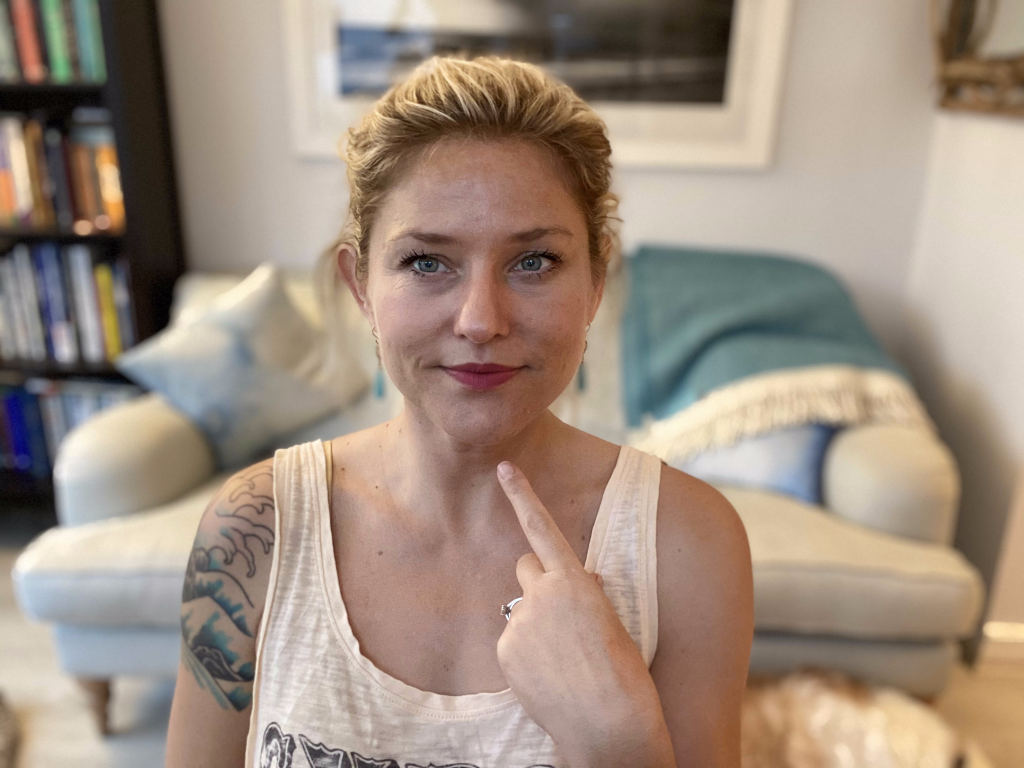Over the next couple of months during class, I’ll be guiding my students on a journey through the chakras. Starting from the root or base chakra and finishing with the crown chakra.. but firstly, what is a chakra?!
The chakras were first mentioned in ancient Vedic and Tantric texts, some of the oldest Hindu writings, dating from 1500 to 500 B.C. The seven main chakras (in Sanskrit – C̣akra, meaning ‘wheel’) are said to be discs of spinning energy stacked upwards, on top of one another along the spine, starting with the root chakra at the base of the spine; the sacral chakra just below the belly button; the solar plexus on the upper abdomen; the heart chakra at the center of the chest; the throat chakra at the throat; the third eye chakra located between the eyes on the forehead; and the crown chakra on top of the head.
When our chakras go out of balance — or become “blocked,” it is said to impact us on an emotional or physical level. For example, an imbalanced sacral chakra is associated with fertility issues and a blocked throat chakra means you have trouble expressing yourself.
So during your physical (asana) practice with me this fortnight, we will be working to balance each chakra through our moving meditation, breathwork and affirmations. Using breathwork (pranayama) is imperative in our yoga asana; without this we are just moving our body and not finding balance or clarity or going deeper into our practice. The first pranayama I am going to guide you through below is the Ujjaji breath:

Here is a guide to using Ujjayi breath on or off your mat:
1. Inhale through your nose, and then exhale slowly through a wide-open mouth.
2. Inhale again and this time direct the out-going breath slowly across the back of your throat with a drawn-out HAAAA sound.
3. Now, as you both inhale and exhale through your nose, direct the breath again slowly across the back of your throat like before and this will generate a hissing sound.
4. Balance your inhalations and exhalations
This type of breathing should be used throughout your yoga practice to regulate and slow the breath down, sending energy to the places that need it.. but also – why not try and use it when you’re going about your day? You will find it helps in times of anxiety too.
Lyndsay Kenwright




